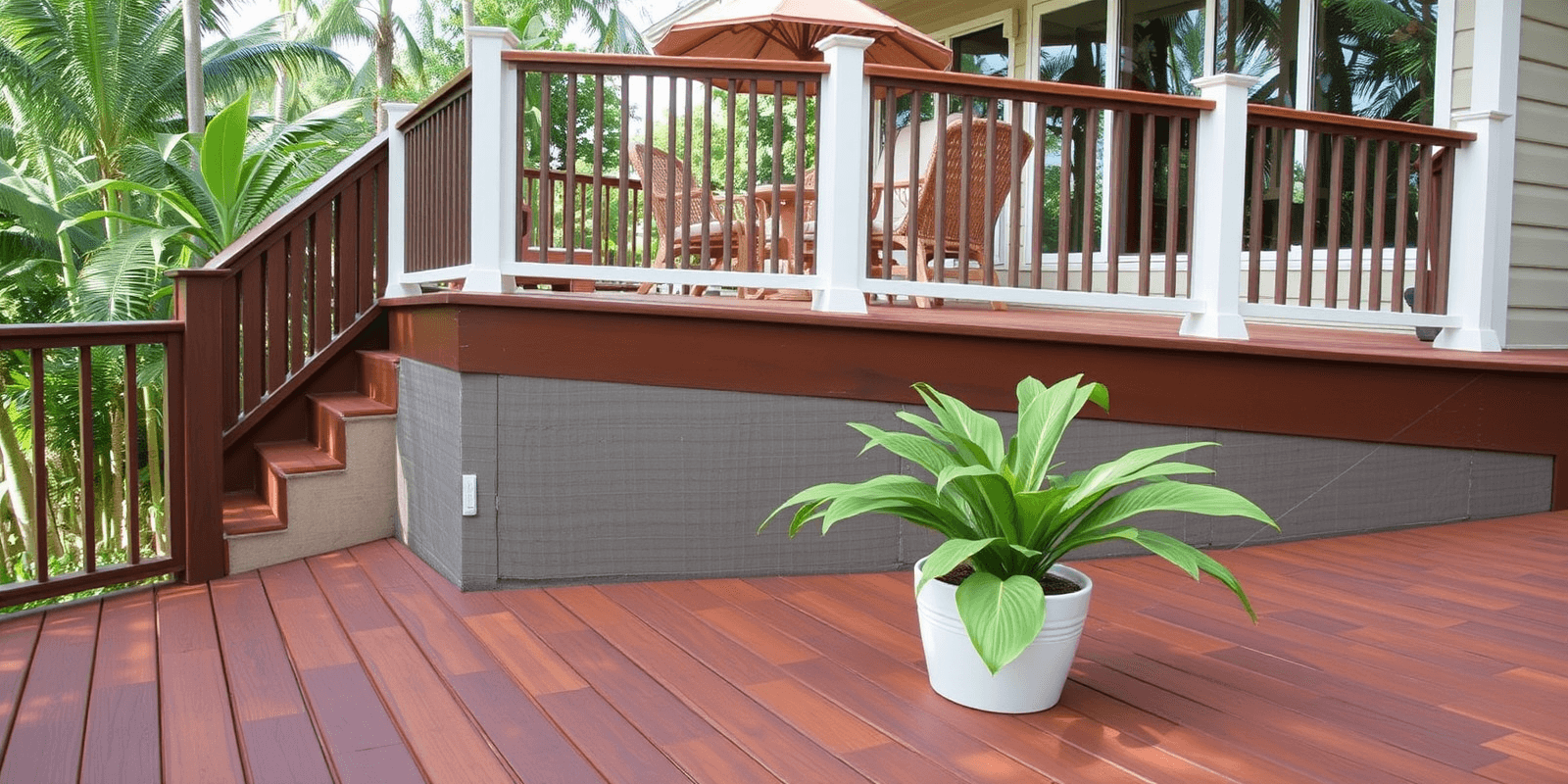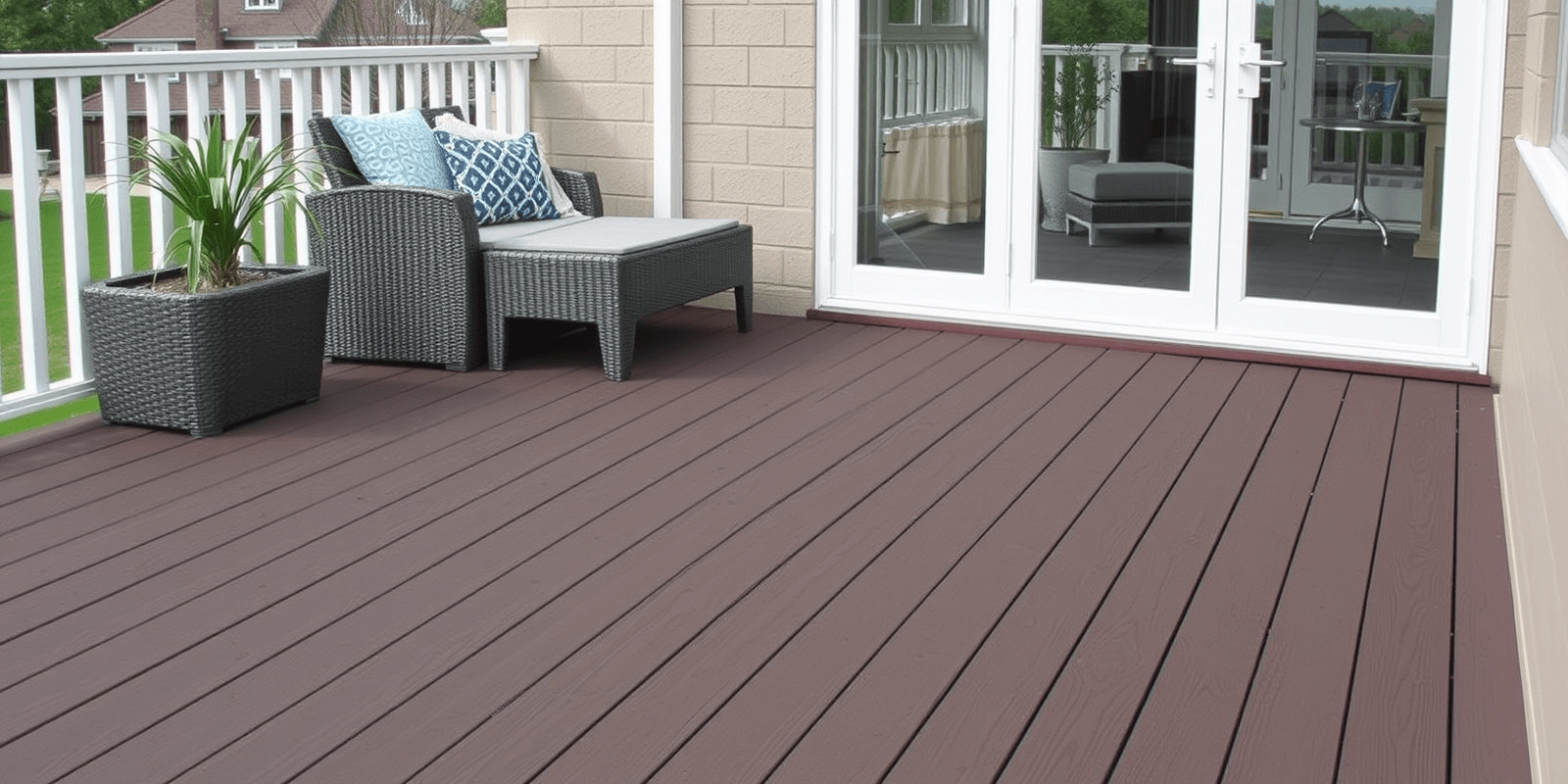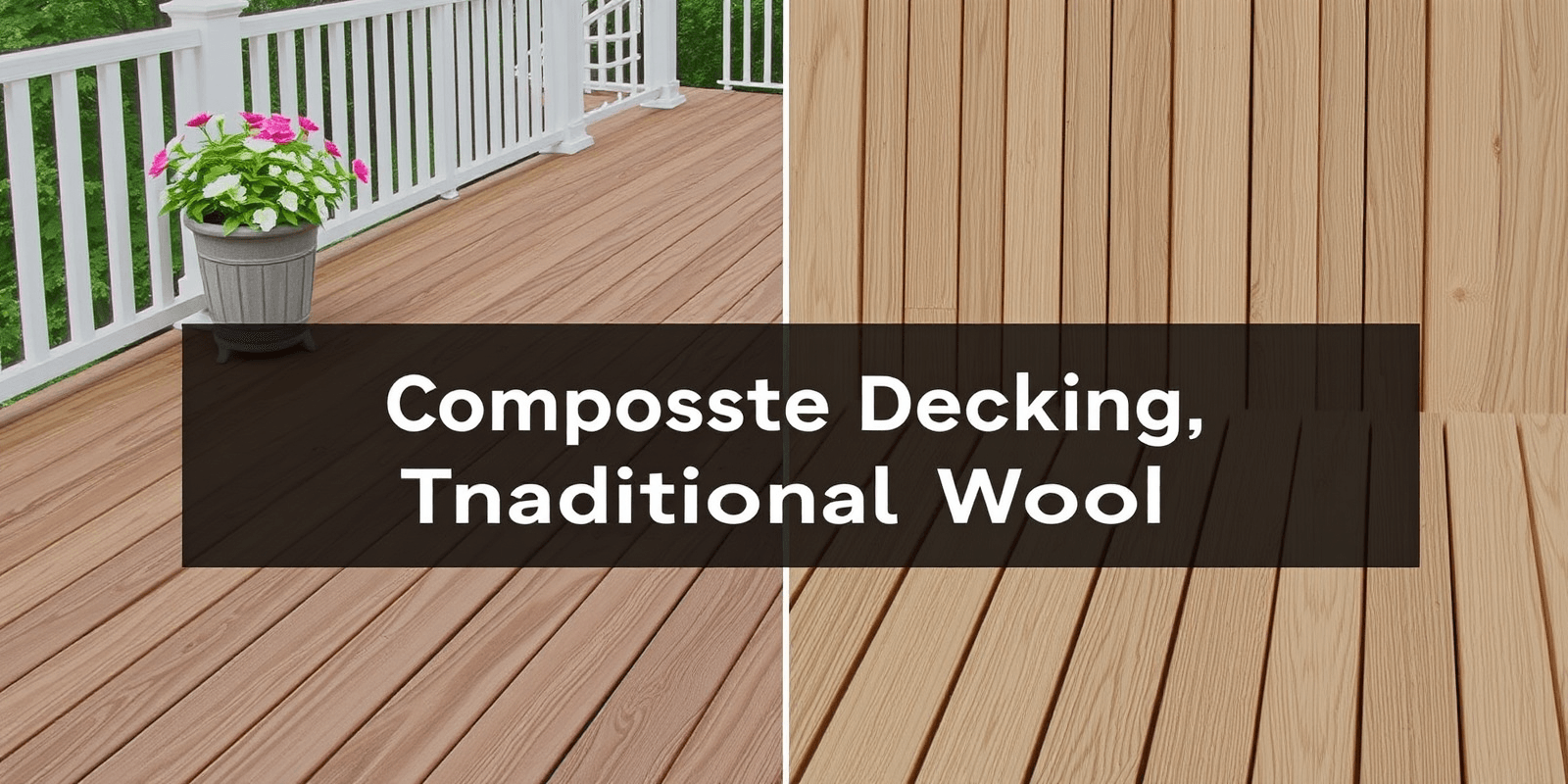“`html
The Role of Composite Fascia in Tropical Decking Designs
Introduction
In the tropics, where the climate is characterized by high humidity, heavy rainfall, and intense sunlight, selecting the right materials for deck construction is crucial. Composite fascia, a material that combines the durability and low-maintenance benefits of modern composites with the aesthetic appeal of natural wood, has emerged as a popular choice for tropical deck designs. This guide will walk you through the key considerations when choosing composite fascia for your tropical deck, including design aspects, installation tips, and maintenance requirements.
Design Considerations
When designing a tropical deck, it’s essential to consider the local climate conditions. Composite fascia offers several advantages over traditional materials like wood or metal. Firstly, it is highly resistant to moisture, which is critical in tropical environments. Unlike wood, composite fascia does not absorb water, reducing the risk of warping, cracking, or rotting. Additionally, composite materials are less prone to mold and mildew growth, making them ideal for humid climates.
Installation Tips
Proper installation is key to maximizing the lifespan and appearance of your composite fascia. Start by ensuring the substructure is level and stable. Use corrosion-resistant screws or nails designed specifically for composite materials to attach the fascia. Leave a small gap between boards to allow for expansion and contraction due to temperature changes. It’s also advisable to use hidden fasteners to maintain a clean, seamless look. Lastly, sealing the edges of the fascia with a composite sealant can further enhance its longevity.
Maintenance Requirements
While composite fascia requires less maintenance than wood, regular cleaning and occasional inspections are still necessary. For daily upkeep, simply rinse the deck with water to remove dirt and debris. For tougher stains, use a mild detergent and a soft-bristled brush. Avoid using abrasive cleaners or scrubbing tools, as these can damage the surface. Periodically check for any signs of wear or damage, particularly around the edges and corners, and address any issues promptly to prevent further deterioration.
Advantages of Composite Fascia Over Traditional Materials
Composite fascia offers several significant advantages over traditional materials. Its resistance to moisture, insects, and UV rays makes it an excellent choice for tropical climates. Unlike wood, it does not require staining or painting, saving both time and money. Moreover, composite materials are environmentally friendly, often made from recycled plastics and wood fibers. They also come in a variety of colors and textures, allowing for creative design possibilities while maintaining a low-maintenance profile.
Conclusion
Choosing the right materials for your tropical deck is essential for creating a functional and aesthetically pleasing outdoor space. Composite fascia stands out as a superior option due to its durability, low maintenance, and environmental benefits. By considering design aspects, following proper installation techniques, and adhering to regular maintenance practices, you can ensure that your tropical deck remains beautiful and functional for years to come.
“`



